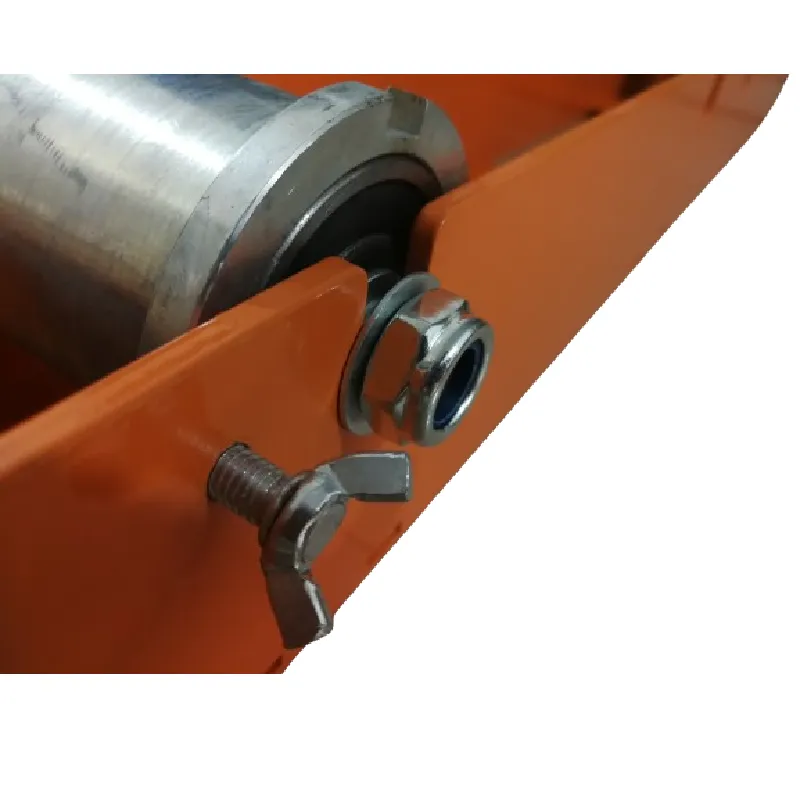
-
 Afrikaans
Afrikaans -
 Albanian
Albanian -
 Amharic
Amharic -
 Arabic
Arabic -
 Armenian
Armenian -
 Azerbaijani
Azerbaijani -
 Basque
Basque -
 Belarusian
Belarusian -
 Bengali
Bengali -
 Bosnian
Bosnian -
 Bulgarian
Bulgarian -
 Catalan
Catalan -
 Cebuano
Cebuano -
 Corsican
Corsican -
 Croatian
Croatian -
 Czech
Czech -
 Danish
Danish -
 Dutch
Dutch -
 English
English -
 Esperanto
Esperanto -
 Estonian
Estonian -
 Finnish
Finnish -
 French
French -
 Frisian
Frisian -
 Galician
Galician -
 Georgian
Georgian -
 German
German -
 Greek
Greek -
 Gujarati
Gujarati -
 Haitian Creole
Haitian Creole -
 hausa
hausa -
 hawaiian
hawaiian -
 Hebrew
Hebrew -
 Hindi
Hindi -
 Miao
Miao -
 Hungarian
Hungarian -
 Icelandic
Icelandic -
 igbo
igbo -
 Indonesian
Indonesian -
 irish
irish -
 Italian
Italian -
 Japanese
Japanese -
 Javanese
Javanese -
 Kannada
Kannada -
 kazakh
kazakh -
 Khmer
Khmer -
 Rwandese
Rwandese -
 Korean
Korean -
 Kurdish
Kurdish -
 Kyrgyz
Kyrgyz -
 Lao
Lao -
 Latin
Latin -
 Latvian
Latvian -
 Lithuanian
Lithuanian -
 Luxembourgish
Luxembourgish -
 Macedonian
Macedonian -
 Malgashi
Malgashi -
 Malay
Malay -
 Malayalam
Malayalam -
 Maltese
Maltese -
 Maori
Maori -
 Marathi
Marathi -
 Mongolian
Mongolian -
 Myanmar
Myanmar -
 Nepali
Nepali -
 Norwegian
Norwegian -
 Norwegian
Norwegian -
 Occitan
Occitan -
 Pashto
Pashto -
 Persian
Persian -
 Polish
Polish -
 Portuguese
Portuguese -
 Punjabi
Punjabi -
 Romanian
Romanian -
 Russian
Russian -
 Samoan
Samoan -
 Scottish Gaelic
Scottish Gaelic -
 Serbian
Serbian -
 Sesotho
Sesotho -
 Shona
Shona -
 Sindhi
Sindhi -
 Sinhala
Sinhala -
 Slovak
Slovak -
 Slovenian
Slovenian -
 Somali
Somali -
 Spanish
Spanish -
 Sundanese
Sundanese -
 Swahili
Swahili -
 Swedish
Swedish -
 Tagalog
Tagalog -
 Tajik
Tajik -
 Tamil
Tamil -
 Tatar
Tatar -
 Telugu
Telugu -
 Thai
Thai -
 Turkish
Turkish -
 Turkmen
Turkmen -
 Ukrainian
Ukrainian -
 Urdu
Urdu -
 Uighur
Uighur -
 Uzbek
Uzbek -
 Vietnamese
Vietnamese -
 Welsh
Welsh -
 Bantu
Bantu -
 Yiddish
Yiddish -
 Yoruba
Yoruba -
 Zulu
Zulu


Nov . 28, 2024 00:08 Back to list
Hydraulic Crimping Tool 16 Ton Capacity for 500mm Cable Connectors
The Importance of Hydraulic Crimping Tools in Modern Industries
In today’s industrial landscape, the efficiency and reliability of electrical connections are paramount. Among the various tools available, hydraulic crimping tools stand out as essential equipment for professionals working in fields such as electrical engineering, telecommunications, and construction. This article focuses on hydraulic crimping tools, particularly the model designed for 16mm² cables, which plays a pivotal role in ensuring secure and durable electric connections.
Understanding Hydraulic Crimping Tools
Hydraulic crimping tools utilize hydraulic power to compress connectors onto electrical wires, ensuring a firm and lasting bond. These tools are especially advantageous for larger cables, such as those with cross-sections up to 16mm² or more. The hydraulic mechanism allows for applying significant force, making it easier to achieve consistent and precise crimp connections without the manual strain that traditional crimping tools often require.
Benefits of Using Hydraulic Crimping Tools
1. Efficiency Hydraulic crimping tools significantly reduce the amount of time required to make electrical connections. The ability to quickly and effectively compress connectors allows technicians to complete their work more swiftly, enhancing overall productivity.
2. Consistency One of the critical advantages of hydraulic tools is their ability to deliver consistent pressure. This feature ensures that each crimp is identical, reducing the risk of weak or faulty connections that can lead to electrical failures.
3. Versatility Though focused on 16mm² cables in this example, hydraulic crimping tools are often versatile enough to handle various sizes and types of crimp terminals. This adaptability makes them suitable for a range of applications in different industries.
4. Ease of Use Hydraulic crimping tools are designed to minimize user effort. The hydraulic mechanism does the hard work, allowing operators to concentrate on positioning the wire and connector correctly rather than expending energy on squeezing handles.
5. Enhanced Safety A proper crimp is essential for electrical safety. Using hydraulic crimping tools reduces the risk of creating poor-quality connections that could lead to shorts, overheating, or even fire hazards.
Choosing the Right Hydraulic Crimping Tool
When selecting a hydraulic crimping tool for 16mm² cables, there are several factors to consider
hydraulic crimping tool 16 500mm

- Pressure Rating Ensure that the tool can accommodate the necessary pressure for compressing the specific wire and connectors you plan to use.
- Portability Depending on your work environment, you may need a lightweight or battery-operated version for better portability, especially in fieldwork.
- Durability Look for tools made from high-quality materials that can withstand the rigors of frequent use.
- Interchangeable Dies Some hydraulic crimping tools come with interchangeable dies that allow the user to adapt the tool for different types of connectors and cable sizes. This feature can be highly beneficial for versatility.
Real-World Applications
Hydraulic crimping tools are commonly used in various sectors, including
- Electrical Engineering Connecting wires to connectors in electrical panels, transformers, and circuit boards.
- Telecommunications Ensuring strong connections between fiber optics and copper cables.
- Automotive Making reliable connections in automotive wiring systems.
- Construction Used in installing large wiring systems for commercial buildings or infrastructure projects.
Conclusion
The hydraulic crimping tool for 16mm² applications represents an invaluable asset in modern industrial processes. Its efficiency, consistency, and ease of use make it a go-to choice for professionals seeking reliable electrical connections. As technology advances and industries continue to evolve, the importance of hydraulic crimping tools will undoubtedly remain significant, contributing to safer and more effective electrical systems across various applications. Investing in a quality hydraulic crimping tool not only enhances productivity but also ensures robustness and safety in electrical installations.
Latest news
What Are Construction Tools and How Are They Used?
NewsJul.11,2025
Professional-Grade Duct Rodding Tools for Superior Cable Installation
NewsJul.11,2025
Enhancing Safety and Efficiency with Modern Hot Stick Solutions
NewsJul.11,2025
Empowering Cable Installation with Advanced Rodder Solutions
NewsJul.11,2025
Elevate Your Cable Installation Projects with Cable Pulling Tools
NewsJul.11,2025
Efficient Cable Handling Solutions: Cable Rollers for Sale
NewsJul.11,2025











